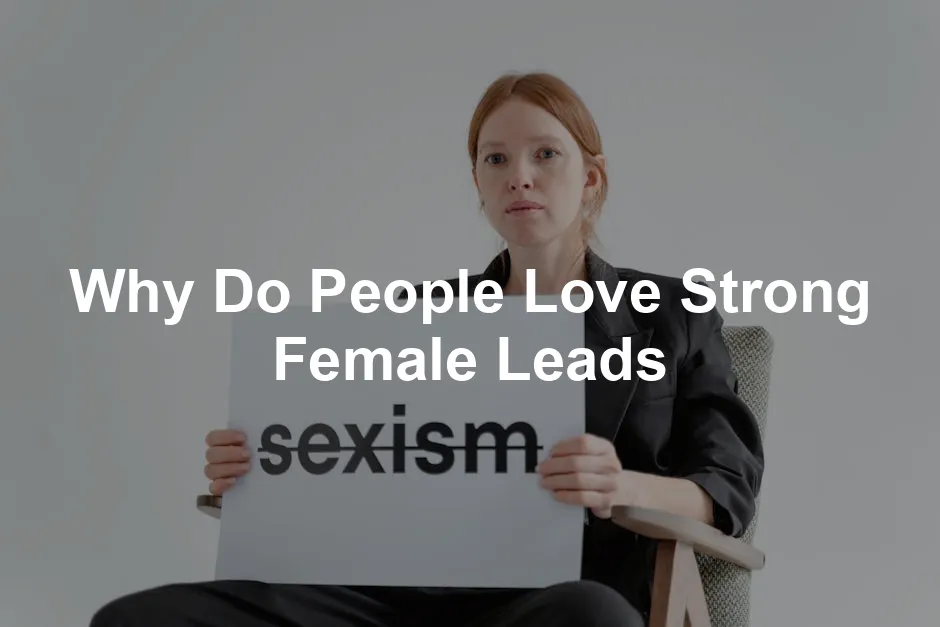
Why Do People Love Strong Female Leads
Introduction
Strong female leads are more popular than ever. This surge reflects a cultural shift towards better representation and empowerment. As audiences crave authentic stories, we explore the reasons behind this growing love for powerful women in media.
Summary and Overview
Strong female leads are complex characters who often exhibit traits like resilience, intelligence, and courage. Historically, female representation in film and literature was limited. Women were often relegated to passive roles, serving as love interests or background characters.
However, societal changes have sparked a demand for multi-dimensional female characters. The rise of feminism and calls for gender equality paved the way for these strong leads. As audiences increasingly seek relatable and inspiring stories, we see a shift in narrative focus.
This article will cover the emotional depth, empowerment, and societal impacts of strong female characters. We’ll also discuss how they break stereotypes and influence young audiences, showcasing why these portrayals matter now more than ever.

The Appeal of Strong Female Leads
Empowerment and Role Models
Strong female leads resonate deeply with audiences. They empower women by showcasing resilience and courage. When viewers see characters overcoming obstacles, they feel inspired. It’s not just entertainment; it’s a reflection of potential. Studies show that representation matters. According to a report by the Geena Davis Institute on Gender in Media, films with female leads see higher audience engagement. This is especially true among women, who often find role models in these characters.
If you’re looking for some inspiration from strong female characters, check out The Hunger Games by Suzanne Collins. Katniss Everdeen’s story is a testament to the strength of resilience and courage, making it a must-read!
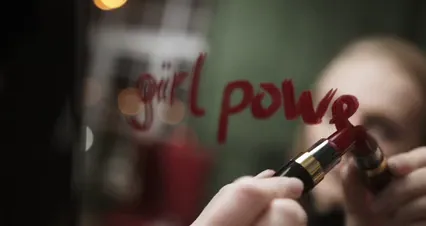
Breaking Stereotypes
These characters challenge traditional gender roles. They defy expectations and redefine strength. Take Katniss Everdeen from The Hunger Games or Wonder Woman from the DC universe. Both portrayals break the mold. They show that strength isn’t just physical; it’s also mental and emotional. Moreover, diverse portrayals matter. Characters like Shuri from Black Panther highlight intelligence and innovation, proving women can shine in various ways.
Want to enjoy the thrilling adventures of these characters on screen? Grab a copy of Wonder Woman (2017) – Blu-ray for a powerful cinematic experience!
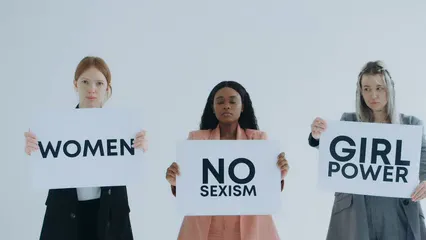
Emotional Depth and Complexity
Emotional intelligence is key for strong female characters. They often showcase vulnerability alongside their strength. This complexity makes them relatable. In contrast, earlier portrayals were often one-dimensional. Females were cast merely as love interests or sidekicks. Today, characters like Moana or Captain Marvel illustrate that strength can coexist with emotional depth. Their journeys are not just about physical battles; they also navigate personal struggles, making them more human. This balance enriches their character arcs and engages viewers on a deeper level.
Understanding emotional intelligence in characters enhances the appreciation of their complexity. why are emotional intelligence skills considered attractive in personal connections

Influence on Young Audiences
Strong female leads play a vital role in shaping young minds. Children and young adults often look for relatable characters. When they see women overcoming challenges, it inspires them. A study revealed that 75% of girls with low self-esteem engage in negative behaviors. In contrast, girls who identify with strong female protagonists often report higher self-worth.
Popular young adult literature showcases these empowering figures. Characters like Katniss Everdeen from The Hunger Games and Alina Starkov from Shadow and Bone captivate readers. Their journeys foster resilience and courage. These stories encourage young girls to aspire to greatness, and boys to understand the importance of equality.
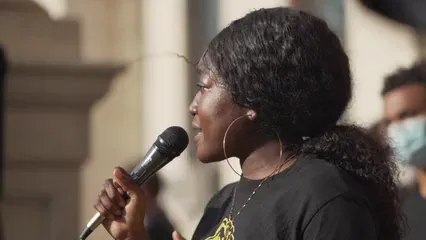
Have you checked out Shadow and Bone by Leigh Bardugo? Alina Starkov’s journey is a powerful reminder of self-discovery and bravery!
Films and TV shows also contribute significantly to this influence. Titles like Frozen and Moana feature heroines embarking on transformative adventures. These narratives highlight strength, kindness, and intelligence. As a result, strong female leads not only entertain but also empower the next generation.
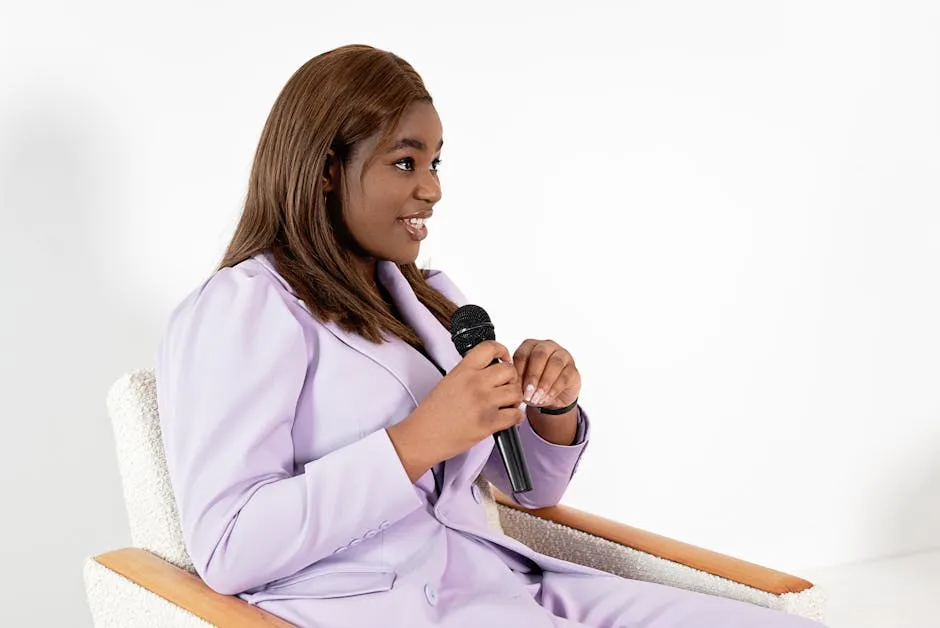
Speaking of empowering adventures, you can relive the magic of Moana (Disney DVD) today!
The Evolution of Strong Female Characters
Historical Context
Female representation in media has evolved dramatically. In earlier decades, women were often portrayed as mere love interests. Characters like Wonder Woman emerged as early trailblazers, challenging norms. By the 1980s and 90s, we saw iconic figures like Xena and Buffy. These characters broke free from traditional roles and became symbols of strength.
Over time, the cultural significance of these characters grew. They paved the way for a wider acceptance of women in active roles. Today, we embrace complex female characters who are dynamic and relatable. This shift from passive to active roles reflects societal changes, emphasizing empowerment.

Modern Examples
Recent films and shows highlight this evolution. Captain Marvel and The Mandalorian feature strong female leads who showcase depth. In Captain Marvel, Carol Danvers grapples with her identity while saving the universe. Her journey illustrates that strength includes emotional resilience.
Don’t miss out on the action! Grab your copy of Captain Marvel (Blu-ray) to witness her incredible journey!

Similarly, The Mandalorian presents characters like Cara Dune, who balances action with emotional depth. These modern portrayals often blend action and emotional arcs. This balance enriches storytelling, engaging audiences on multiple levels. As we continue to see diverse female leads, the narrative landscape becomes increasingly vibrant and inspiring.
Critiques and Challenges
The “Strong Female Character” Trope
The term “strong female character” can be misleading. Often, it suggests that strength only means physical prowess. This narrow definition can lead to tokenism. Characters may be included in stories just to meet diversity quotas rather than to provide meaningful representation. For instance, Tauriel from The Hobbit lacks depth beyond her combat skills. Similarly, Maria Hill in The Avengers serves primarily as a supporting character. These portrayals can strip female characters of their complexity and reduce them to mere action figures.
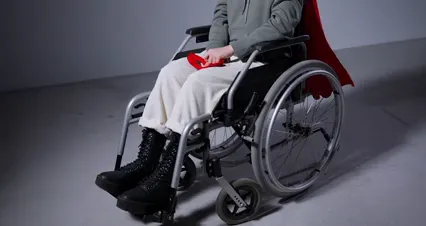
The Need for Nuanced Representation
To create authentic female characters, we need diverse traits and backstories. Women should be portrayed in various roles, not just as fighters. Characters like Moana and Jane from Tarzan showcase different forms of strength, such as leadership and empathy. Intersectionality is crucial; women of different races, orientations, and backgrounds deserve representation. This variety enriches storytelling, reflecting the true spectrum of human experiences. It’s time to move beyond superficial portrayals and embrace the richness of female narratives.

Conclusion
In summary, while strong female leads are celebrated, critiques highlight the need for deeper representation. We’ve seen progress, but there’s still work to be done. As audiences, we should support diverse stories that showcase women in all their complexity. Let’s seek out narratives that empower and resonate, fostering a richer media landscape that reflects our diverse world.

FAQs
What defines a strong female lead?
A strong female lead embodies resilience, intelligence, and complexity. These characters often face challenges head-on, showcasing courage and determination. They aren’t just fighters; they possess emotional depth and relatable flaws. A strong female lead breaks stereotypes, showing that strength comes in many forms. Think of characters like Hermione Granger or Katniss Everdeen. They inspire audiences by being multi-dimensional and authentic.
Why is representation important in media?
Representation in media fosters empathy and understanding, especially among young viewers. When children see diverse characters, they can relate to their struggles and triumphs. This connection helps shape their identities and instills confidence. Strong female leads provide role models, encouraging young girls to aspire to greatness. They also teach boys the importance of equality and respect for women. Representation is vital for creating a more inclusive society.
Are all strong female characters well-received?
Not every portrayal of a strong female character resonates with audiences. While some characters, like Wonder Woman, receive acclaim, others face criticism. Characters lacking depth or development, such as She-Hulk or Captain Marvel, can be polarizing. Audiences appreciate authenticity and relatability. When writers prioritize genuine storytelling over ideological messaging, characters thrive. Ultimately, well-crafted characters are more likely to be embraced.
How can writers create more nuanced strong female leads?
Writers should focus on developing well-rounded female characters with distinct personalities. Avoid archetypes and give them unique backstories, motivations, and flaws. Balance their strength with vulnerability to create relatable arcs. Incorporate diverse traits and experiences, allowing female leads to express a range of emotions. Instead of relying solely on physical prowess, show their emotional intelligence and empathy. This approach will foster deeper connections with audiences.
What impact do strong female leads have on society?
Strong female leads contribute to shifting societal norms and expectations. They challenge traditional gender roles, inspiring conversations around gender equality. By showcasing diverse portrayals, these characters empower women and girls to pursue their dreams. Media representation has a ripple effect, influencing how society perceives and values women. Ultimately, strong female leads play a crucial role in promoting female empowerment and fostering a culture of acceptance.
Please let us know what you think about our content by leaving a comment down below!
Thank you for reading till here 🙂
All images from Pexels




